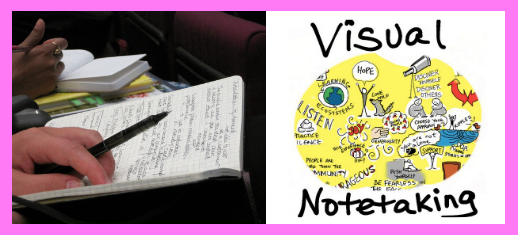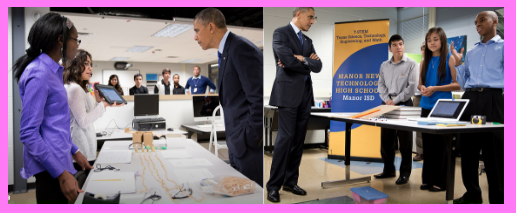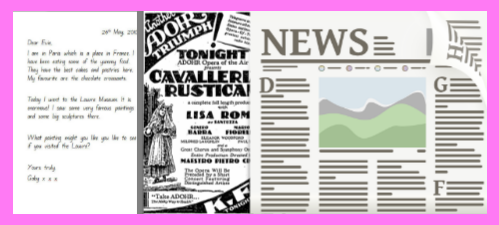


- Summarizing involves deleting, substituting, and keeping information
- The skills above require deep analysis of material
- Being aware of explicit structure of information helps with summarization (another reason to scaffold academic literacy)
- Rules-Based Strategies:
- MODEL how to apply rules such as:
- delete trivial info
- delete redundant info
- replace lists with grouping words that summarize lists
- select or create topic sentences
- Use Think Aloud strategy while modeling rules
- MODEL how to apply rules such as:
- Summary Frames:
- Series of questions that highlight critical elements for specific types of info
- 6 Summary Frames – click here to see related questions
- Narrative
- Topic-Restriction-Illustration
- Definition
- Argumentation
- Problem/Solution
- Conversation
- Reciprocal teaching
- Student arranged in teacher groups
- Leader of group facilitates discussion in which students take a lesson or reading and
- summarize the lesson/reading
- question – ask questions about the lesson/reading
- clarify – try to answer questions
- predict – predict what they will learn or do next
- Verbatim note taking is the least effective method – recording everything makes it too hard to synthesize info
- Notes should be viewed as living documents
- Notes should be used as study guides for tests
- The more notes, the better
- Provide models – notes taken by teacher
- Present students with a variety of note-taking formats such as
- Informal outline
- subordinate ideas are more indented than big ideas
- Webbing
- sizes of circles represent relative importance of ideas
- lines show relationships between ideas
- Combinations
- Combines webbing and informal outline (like a double entry journal)
- left column = informal outline
- right column = webbing
- Also includes a horizontal strip at the bottom for summary statements
- Combines webbing and informal outline (like a double entry journal)
- Informal outline

Summarizing and note taking are powerful learning strategies. Often these skills are un-scaffolded student activities and expectations. Teaching students how to summarize and take notes can help them become more independent learners.

- Pre-assess students’ note-taking and summarizing skills – identify their strengths and gaps
- Identify which strategies (see above) could enhance students’ summarizing and note taking skills
- Gather / prepare graphic organizers and visuals that go with selected strategies
- Model (use think aloud and graphic organizers) summarizing and/or note-taking strategies
- Give students opportunities to practice strategies
- Have students reflect on the impact different note-taking strategies are having on their learning
- Let students use their reflections to choose the most effective note-taking strategy that fits their learning style and preferences

- See Rigor articles



















